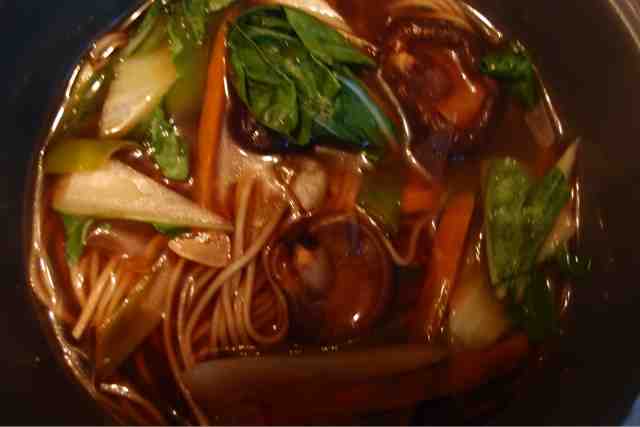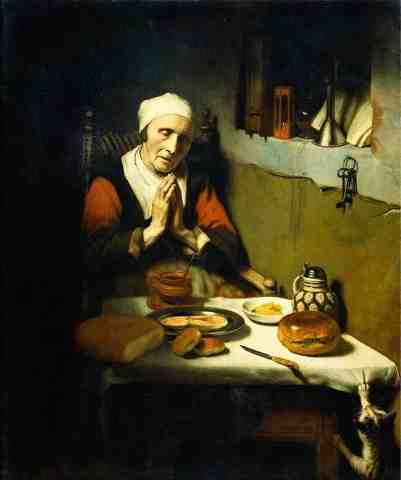My journey begins 50 years ago on the island of Cuba. I was born in 1963, by that time the revolution had already succeeded and Fidel Castro had become the leader of the country. Castro instituted food rationing in order to try to equalize food distribution in the country. As a result, besides often not getting enough to eat, much of the food that was available to the general population was simple and basic. Traditional Cuban food shows the influence of Spanish, African, and native cuisine, but it wasn't until years later after we had settled in the U.S and had access to a wider range of ingredients and restaurants that I was able to experience the Cuban cooking that my mother's generation had grown up with; a very rich cuisine, based on meats, white rice and beans, with very rich sugary, eggy desserts. Nevertheless having lived part of my childhood with my parents and grandparents in Santiago de Cuba in the post revolutionary Cuba, I was able to experience the Cuban approach to foods and cooking from a very simple and down to earth perspective, stripped from many of the ingredients that most people missed and longed for, but which also made the dishes heavy, greasy, too sweet, and generally unhealthy for most people.
As a child I saw my grandmother and mother cook in a country which was not affected by the novelty of fast-foods, and the over abundance of ingredients. They had to cook with what there was, without the possibility of running over to the store for a couple of onions if those at home were finished; the stores didn't have more onions. At the beginning of the month everyone got their share, until the next month, unless you could get stuff in the "black market" at outrageous prices. Cooking at that time in Cuba was not only about creativity, but also about planning. Nevertheless the food my grandmother(she was usually the daily cook then, my mother was more for the 'fun' sweet stuff)cooked was always simple, tasty and beautiful. The economic system forced people to be creative and to live with what they had, it made people find meaning and beauty in simplicity. This process of creating, regardless of our circumstances can dramatically improve our creative abilities.
In this book it is my goal to portray cooking as an example of the art in daily living. The daily activity of cooking which sustains and nourishes us, and which until very recently was an activity practiced by every culture on earth and given a great deal of attention, can demonstrate to us that art is something in which we all participate, that we are all artists, because, as Eric Booth writes in his book The Everyday Work of Art, "the work of art is a way we all do things when we are working well".
When are we working well? When we can make our limitations feel limitless, we find meaning in our actions, in our creations.
Today I have a cold and it's rainy outside, typical Dutch weather. I have no desire to go food shopping, but at 12 o'clock lunch has to be ready since my daughter will be home from school. I look through my cabinets and fridge and assess the ingredients I have and conclude that it will probably be possible to create a "Vegetable Paesotto", my way of not succumbing to the pressure of having to create a perfect traditional Paella or Risotto.
1 onion cut in medium size cubes
2 pieces of garlic finely chopped
About 1/2 cup of squash cut in cubes
1 medium carrot cut in smallish cubes
2 tomatoes cut in cubes
The kernels of one corn husk
A bunch of string beans cut in medium size pieces
About 1 cup of chopped celery
Sea salt
1 tbs olive oil
1 organic vegetable bouillon cube
1 tbs miso
4 cups of cooked brown rice
2 cups of cooked chick peas
1/2 tsp smoked spanish pimiento powder
Water
In a casserole heat the oil and add the onions, stir, then the vegetables one group at the time sautéing and stirring a bit in between additions
Add a pinch of sea salt
Add the pimiento and bouillon cube, stir a bit
Add the cooked rice and the chick peas stir and add enough water to almost cover it
Cover the pan and lower the fire when it almost gets to boiling point
After about 15 minutes add the miso and stir well
Let it simmer a couple of more minutes
Garnish with parsley if you have any, I didn't!






